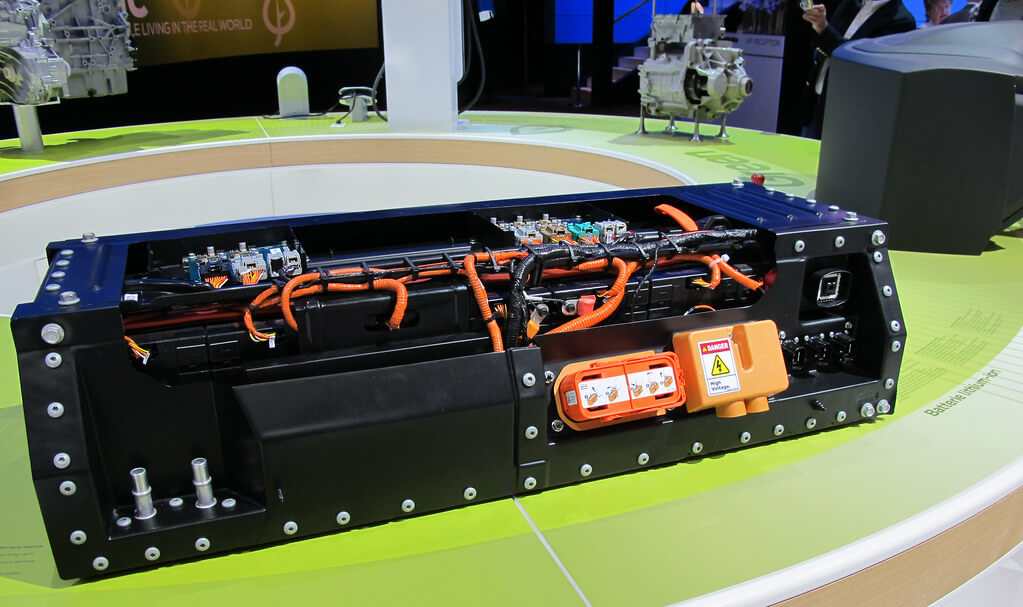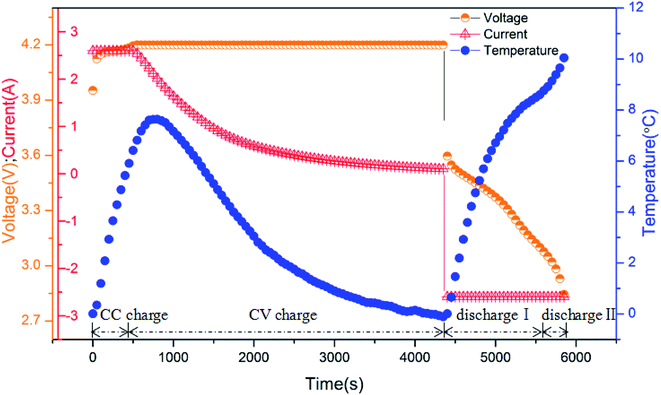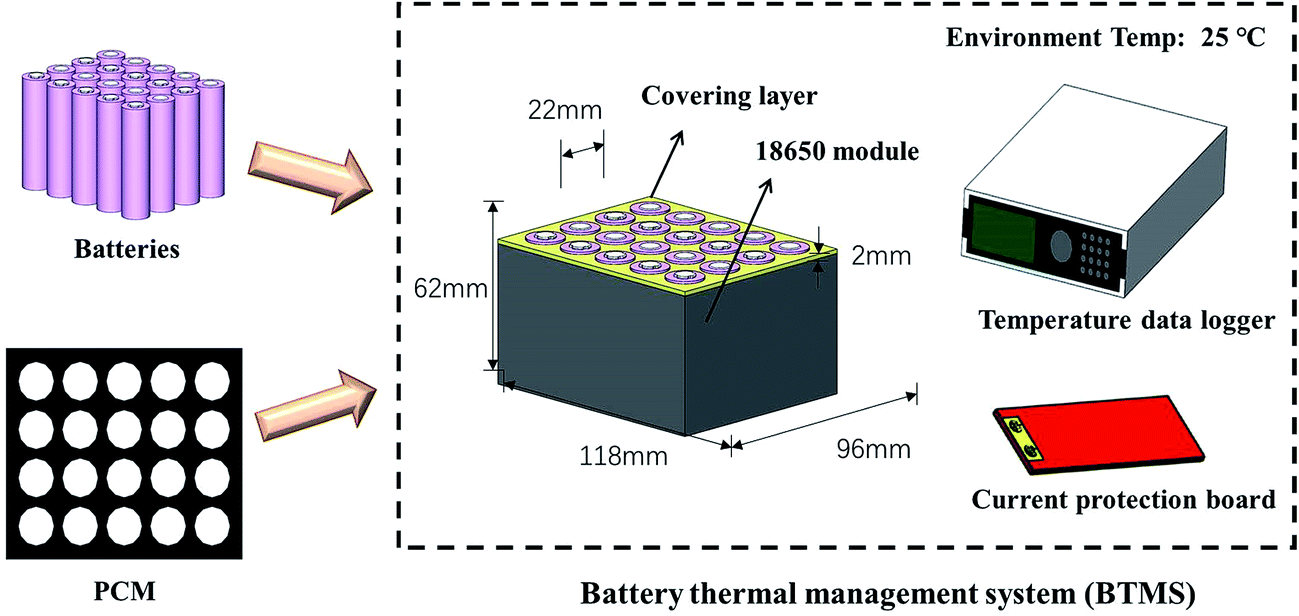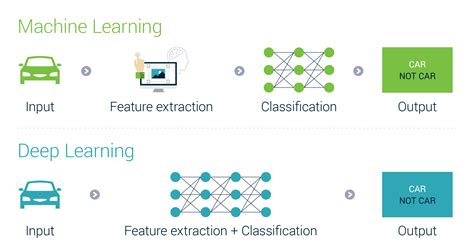Battery Cooling System in Electric Vehicle: Techniques and Challenges

Precise temperature regulation in EV batteries is essential for sustained functionality and durability of the battery pack and, therefore, the electric motor car. In the article, we will see how the interplay between cooling and heating mechanisms underscores the complexity of preserving battery pack integrity while harnessing the full potential of electric vehicles. We will explore the main thermal management methods, i.e., air and liquid cooling. We will review the advantages of liquid cooling systems and how AI can assist car manufacturing by providing substantial help to product engineers working on finding efficient heat transfer solutions for the battery pack thermal management system.
Why Battery Cooling? Challenges of Thermal Management
For EV battery longevity, thermal management systems are crucial due to the specific temperature requirements dictated by battery cell chemistry and physics. Lithium-ion batteries are the most commonly due to their high energy density and rechargeability. Let's explore them next.
Li-Ion Batteries
Lithium-ion (Li-ion) batteries, renowned for their high energy density and rechargeability, have become the predominant choice for powering electric vehicles (EVs). Their versatile chemistry allows for efficient energy storage and release. However, a noteworthy challenge of Li-ion batteries lies in their susceptibility to temperature variations, a factor that intricately affects their performance and lifespan.

Li-ion batteries comprise intricate assemblies of various materials, including electrodes and electrolytes, that interact in dynamic ways to facilitate energy storage and release. The fundamental principle underlying their operation involves electrochemical reactions that are notably influenced by temperature changes.

Temperature Sensitivity
Under normal operating conditions, batteries are optimized for ambient temperatures typically ranging from 20°C to 25°C, a range chosen to align with the optimal performance characteristics of the electrochemical reactions involved. Yet, temperature fluctuations, particularly in the lower range, can dramatically alter battery performance. At lower temperatures, the ion movement within the battery's electrolyte becomes sluggish. This sluggishness hampers the battery's capacity to deliver its full power and energy, leading to reduced performance and diminished overall efficiency.

The core challenge here is in the temperature-sensitive nature of electrochemical reactions. When temperatures drop, the rate of chemical reactions within the battery significantly slows down, directly impacting its energy output and ability to provide instantaneously high power levels. This phenomenon is often experienced as a reduction in acceleration and range in cold weather conditions.

A thermal management system installed within EVs serves a dual purpose: preventing overheating during high-demand operations and maintaining optimal temperatures during cold weather. While battery cooling remains essential to prevent overheating, heating elements are also employed to elevate the temperature of the battery in frigid conditions. This proactive heating approach assists in mitigating the adverse temperature effects on the electrochemical reactions, ensuring the battery can still deliver power effectively.
A Little Bit of Chemistry
Chemical equations play a fundamental role in illustrating the temperature-sensitive electrochemical reactions within Li-ion batteries. The reactions outlined below lie at the heart of how Li-ion batteries store and unleash energy. Their inherent reversibility is what grants these batteries the ability to undergo repeated cycles of charging and discharging.
These reactions are notably influenced by temperature and other contributing factors. These factors collectively exert an impact on the overall battery system performance and efficiency.
Charging Process (Discharge of Li-ion Battery)
Positive electrode (Cathode): LiCoO₂ ⇌ Li₁₋ₓCoO₂ + xLi⁺ + xe⁻
Negative electrode (Anode): LixC₆ ⇌ xLi⁺ + xe⁻ + C₆
Discharging Process (Charge of Li-ion Battery)
Positive electrode (Cathode): Li₁₋ₓCoO₂ + xLi⁺ + xe⁻ ⇌ LiCoO₂
Negative electrode (Anode): xLi⁺ + xe⁻ + C₆ ⇌ LixC₆
The charging process involves the lithium ions moving from the cathode (LiCoO₂) to the anode (graphite, represented as C₆) during discharge. Meanwhile, during the discharging process, the lithium ions move from the anode (C₆) to the cathode (Li₁₋ₓCoO₂).
In the previous equations:
- The "x" in the equations represents the extent to which lithium ions intercalate or de-intercalate from the electrode materials
- "Li⁺" represents the lithium ions
- "e⁻" represents electrons involved in the charge transfer.
High-Temperature Challenges
On the other end of the spectrum, high temperatures equally harm battery performance and lifespan. Elevated temperatures accelerate the rate of electrochemical reactions within the battery cells. While this might sound beneficial, it leads to accelerated electrode and electrolyte degradation. The breakdown of these materials reduces battery capacity over time, effectively shortening the battery's operational lifespan. Additionally, high temperatures can promote the growth of internal dendrites, which are tiny, conductive metallic structures that can cause short circuits within the battery, posing safety risks.
Therefore, precise battery temperature control is not just about immediate efficiency but also about managing the delicate balance between reaction rates and material stability. Maintaining the battery within the ideal temperature range (around 20°C to 25°C) ensures that the electrochemical reactions occur at an optimal pace, preserving both performance and longevity. This is particularly important for EVs, where users expect consistent power delivery and a reasonable battery lifespan.
Thermal Runaway
During recharge, these batteries can handle temperatures between 0°C and 50°C. However, they generate substantial heat during use, necessitating temperature regulation within the specified operating parameters. A phenomenon known as thermal runaway becomes a critical concern, especially at elevated temperatures ranging from 70°C to 100°C. This alarming condition can trigger a chain reaction leading to battery pack destruction.

Cooling Systems
During rapid charging processes, it becomes imperative to facilitate active cooling methods for batteries. This need for direct cooling arises due to the significant heat generated by the high current flowing into the battery during fast charging. Effective battery cooling measures are employed to efficiently dissipate excess heat, thereby safeguarding both the charging rate and the battery from potential overheating issues.
Heating Systems
Furthermore, EV batteries may require heating mechanisms, primarily when exposed to extremely low temperatures or to enhance performance capabilities. For instance, charging cells below the temperature threshold of 0°C is not feasible for electric cars.
Companies like Tesla employ innovative practices such as battery preheating in certain vehicle models. This approach elevates performance standards, enabling impressive acceleration rates from 0 to 100 km/h in under 2 seconds.
Why Electric Vehicles Need an Efficient Battery Cooling System
Electric vehicles (EVs) necessitate an efficient cooling system to ensure their battery packs' optimal performance, longevity, and safety. The cooling system plays a critical role in maintaining the batteries within the appropriate temperature range, which is essential for several reasons we'll review in detail below.
Temperature Control for Battery Longevity
EV batteries operate most efficiently within a specific temperature range. Extreme temperatures, whether too high or too low, can lead to battery capacity degradation and an overall lifespan reduction. The cooling systems regulate the temperature to prevent the battery modules from overheating during operation and to maintain suitable conditions for charging and discharging.

Enhanced Performance
Maintaining batteries at an optimal temperature with a suitable thermal management system enhances their performance. Too cold batteries may exhibit reduced power output and capacity, while excessively high temperatures can decrease energy storage capacity and power delivery. An efficient cooling system ensures consistent performance, particularly during demanding tasks like rapid acceleration or steep hill climbing.
Thermal Runaway Prevention
Excessive heat can trigger a phenomenon known as thermal runaway, where the battery's internal reactions accelerate uncontrollably, leading to overheating and potentially resulting in fires or explosions. An efficient cooling system prevents temperatures from reaching dangerous levels, thus mitigating the runaway risk.

Preservation of Charging Efficiency
A substantial heat amount is generated during fast charging due to the high current flowing into the battery. If this heat isn't managed, it can impede the charging process or even cause damage to the battery. Effective cooling helps dissipate the excess heat, enabling faster and safer charging.
Cold Weather Performance
EV batteries might experience reduced efficiency and power output in cold climates. A cooling system equipped with heating capabilities can preheat the battery before use, ensuring optimal operation even in low temperatures.
Consistent Range
Maintaining a stable temperature range ensures a predictable and consistent EV driving range. Temperature fluctuations can lead to inaccurate range estimations, causing inconvenience for drivers.
Battery Pack Integrity
EV batteries consist of multiple cells grouped into packs. Temperature variations among cells can lead to performance and capacity imbalance, potentially resulting in premature failure of some cells. Cooling systems maintain uniform temperatures across all cells in the pack.
User Safety
The safety of electric vehicle (EV) batteries is a top priority for manufacturers due to the potential risks to drivers, passengers, and their own reputation. Ensuring user safety is not only crucial for protecting lives but also for maintaining a positive brand image. And one of the main safety concerns revolves around the battery system.

A primary focus in user safety is the implementation of robust cooling systems. They play a pivotal role in mitigating potential hazards around battery overheating. One notable example is Tesla, which employs a sophisticated liquid cooling system that effectively regulates battery temperatures. By preventing excessive heat buildup, this cooling system significantly reduces the risk of battery fires and the release of toxic gases, thereby enhancing the safety of both the vehicle and its occupants.
Chevrolet Bolt Recall Campaign
Another aspect of user safety is battery cell containment. Proper cell containment is essential to prevent issue escalation if one cell malfunctions. This was exemplified in the Chevrolet's Bolt EV case, which faced a recall due to battery-related fire risks. In response, General Motors reinforced cell containment measures to ensure that any potential hazards are contained within a single cell, minimizing the risk of widespread incidents.

Testing
Rigorous testing is another critical aspect of ensuring user safety. Manufacturers subject EV batteries to a series of tests that simulate various real-world scenarios, from collisions to extreme temperatures. By analyzing how batteries behave and respond under stress, manufacturers can identify potential weaknesses and implement design improvements that enhance safety. Nissan's LEAF, for instance, underwent comprehensive testing to ensure its safety under diverse conditions.
Battery Management Systems
Advanced Battery Management Systems (BMS) implementation further contributes to user safety. BMS technology monitors and manages individual cells within the battery pack. If a cell shows signs of overheating or overcharging, the BMS can intervene by adjusting charging rates or activating cooling mechanisms. BMW's i3 features an advanced BMS that plays a vital role in maintaining optimal cell conditions and overall battery safety.
Battery Thermal Management System: Air Cooling or Liquid Cooling?
The effectiveness of EV battery thermal management systems is crucial in realizing the full potential of these vehicles. Liquid cooling is superior in dissipating heat efficiently and precisely controlling temperature, making it a suitable choice for high-performance applications. On the other hand, air cooling provides a simple and cost-effective alternative, making it well-suited for specific vehicle models. As EV technology advances, the ongoing refinement of thermal management strategies remains essential in harnessing the complete capabilities of electric mobility. The choice between active liquid and air cooling for thermal management depends on several factors, including the specific vehicle performance demands, cost considerations, and prevailing environmental conditions.
Liquid Cooling Thermal Management
Liquid cooling, often referred to as active cooling, operates through a sophisticated network of channels or pathways integrated within the battery pack, known as the liquid cooling system. The liquid cooling system design facilitates the circulation of specialized coolant fluid. In its journey, the fluid absorbs heat during battery operation and charging processes. Subsequently, it transports this heat away from the battery cells and through a heat exchanger. As the fluid cools, the liquid cooling system reintroduces it into the battery pack to transfer heat and establish an ongoing cycle of temperature regulation.

Advantages of Liquid Cooling Systems
Efficient Heat Dissipation: Liquid cooling can rapidly redirect heat away from the individual battery cells. This action effectively maintains the cells' temperature within the predefined range, ensuring optimal performance.
Precise Temperature Control: One of the hallmarks of liquid cooling is its capacity to offer precise control over the coolant's flow rate and temperature, fine-tuning the battery's thermal conditions.
Uniform Temperature Distribution: By evenly distributing the temperature across all the battery pack cells, direct liquid cooling prevents disparities in performance and capacity, promoting a consistent and balanced operation.
Suited for Performance: In the context of high-performing EVs that necessitate sustained and potent power output, the liquid cooling system is exceptionally well-suited.
Air Cooling Thermal Management
Air cooling, often termed passive cooling, hinges on the principle of natural air convection. It utilizes the inherent air movement to facilitate the heat dissipation from the battery pack. In certain cases, indirect liquid cooling mechanisms such as fans or blowers are employed to enhance the airflow through the battery pack.
Advantages of Liquid Cooling Systems
Simplicity: Air cooling solutions are notably uncomplicated in both their design and implementation, distinguishing them from their liquid counterparts. This simplicity contributes to reduced manufacturing and maintenance costs.
Minimal Infrastructure Complexity: Unlike liquid cooling systems, air cooling systems require fewer components, eliminating the need for complex plumbing and associated hardware.
Energy Efficiency: A significant benefit of air cooling lies in its reduced energy consumption. The absence of pumps or intricate coolant circulation mechanisms translates to lower energy requirements.
Simulation for Optimal Design of Battery Cooling Systems
Engineers use a powerful tool to design these cooling systems - Computational Fluid Dynamics (CFD). Let's break down CFD and how it helps improve battery cooling systems.
Based on the simulation results, engineers can make adjustments to the cooling system design virtually. For example, they can modify the shape of the cooling channels, change the coolant flow rate, or adjust the cooling fins placement. They then run the simulation again to see how these changes impact thermal distribution and overall performance.
After several design iterations of simulation and adjustment, engineers arrive at a cooling system design that effectively maintains the battery temperature within the desired range under various conditions. This optimized design can then be used as the basis for building the physical cooling system for the EV. By utilizing CFD, the EV manufacturer can design a cooling system that ensures safe and efficient battery operation, prevents overheating, and maximizes battery lifespan.
Advantages of CFD
- Seeing the Invisible: CFD helps engineers visualize things that are hard to see in real life. It's like having X-ray vision for temperature and fluid movement.
- Testing Different Ideas: Engineers can try out many cooling system designs without building anything. They can see which design works best before spending time and money on making physical prototypes.
- Avoiding Problems: CFD can predict potential issues, like battery parts getting too hot. Engineers can make changes on the computer to fix these issues before they happen in real life.
- Saving Time and Money: Designing, building, and testing physical cooling systems can take a long time and cost a lot. CFD speeds up this process by quickly showing what might work and what might not.

Additional Advantages of Deep Learning in EV Battery Design
Real-time deep learning predictions can provide instant results, making it suitable for on-the-fly decision-making and control adjustments in air and liquid cooling systems. Additionally, deep learning can handle highly complex and nonlinear data, requiring fewer computational resources than CFD and much fewer prerequisite skills. Finally, deep learning models can incorporate real-world sensor data, continuously refining predictions based on actual system responses and improving over time with more data.

Deep Learning is a powerful aid to battery designers in enabling them to carry out independent design verifications with emulators (surrogates) of advanced simulation tools, for example, to reproduce a battery crash test in real time.

Conclusion: Future Challenges for Cooling Systems in Batteries
As electric vehicles (EVs) advance and battery capacities increase, new challenges arise that require solutions for effective cooling while maintaining energy efficiency.
One such challenge is the pursuit of higher energy density, which generates more heat during operation and charging. A liquid or air cooling system must manage this elevated heat without compromising safety or performance. Fast charging also demands cooling systems capable of rapidly dissipating generated heat to prevent overheating, a factor that could undermine battery longevity and safety.
As the EV industry becomes more sophisticated, thermal management systems must dynamically adjust cooling and heating strategies based on driving conditions, battery charge level, and surrounding temperature. Achieving consistent temperature distribution across all battery cells presents its own set of difficulties, particularly with the increasing battery pack size.
Addressing the environmental impact of cooling systems is essential for sustainability. Developing cooling solutions with minimal ecological consequences while upholding performance represents a multifaceted challenge at the intersection of technology and responsibility. Integrating cooling systems seamlessly into the overall vehicle design presents a challenge that requires ever more innovative solutions.
There is much more to say about the thermal performance of lithium-ion battery packs by using a cold plate, but this will be the subject of a follow-up article!
Further Reading
"Lithium-ion battery degradation: what you need to know" DOI: 10.1039/D1CP00359C (Perspective) Phys. Chem. Chem. Phys., 2021, 23, 8200-8221
"Materials for lithium-ion battery safety" DOI: 10.1126/sciadv.aas9820, Science Advances, 22 Jun 2018, Vol 4, Issue 6






